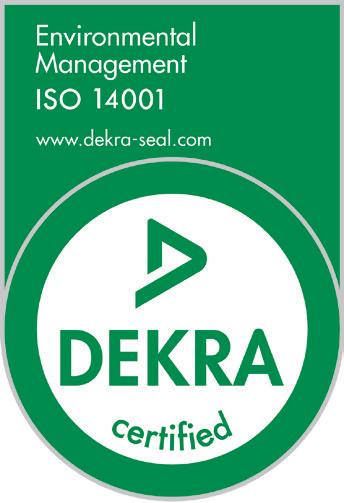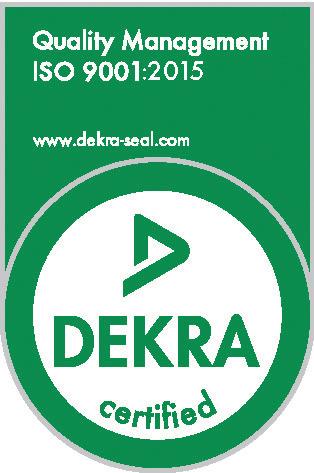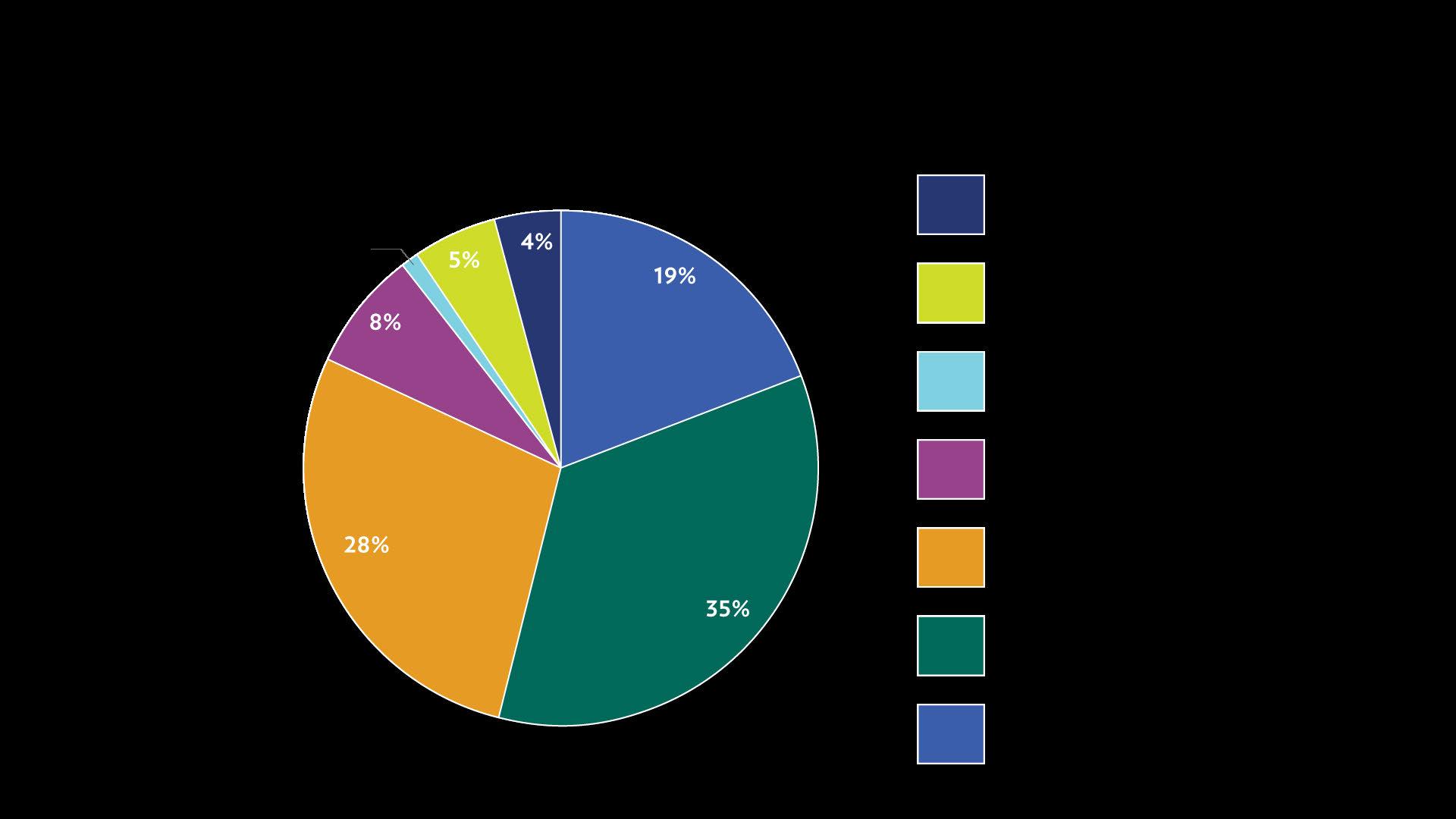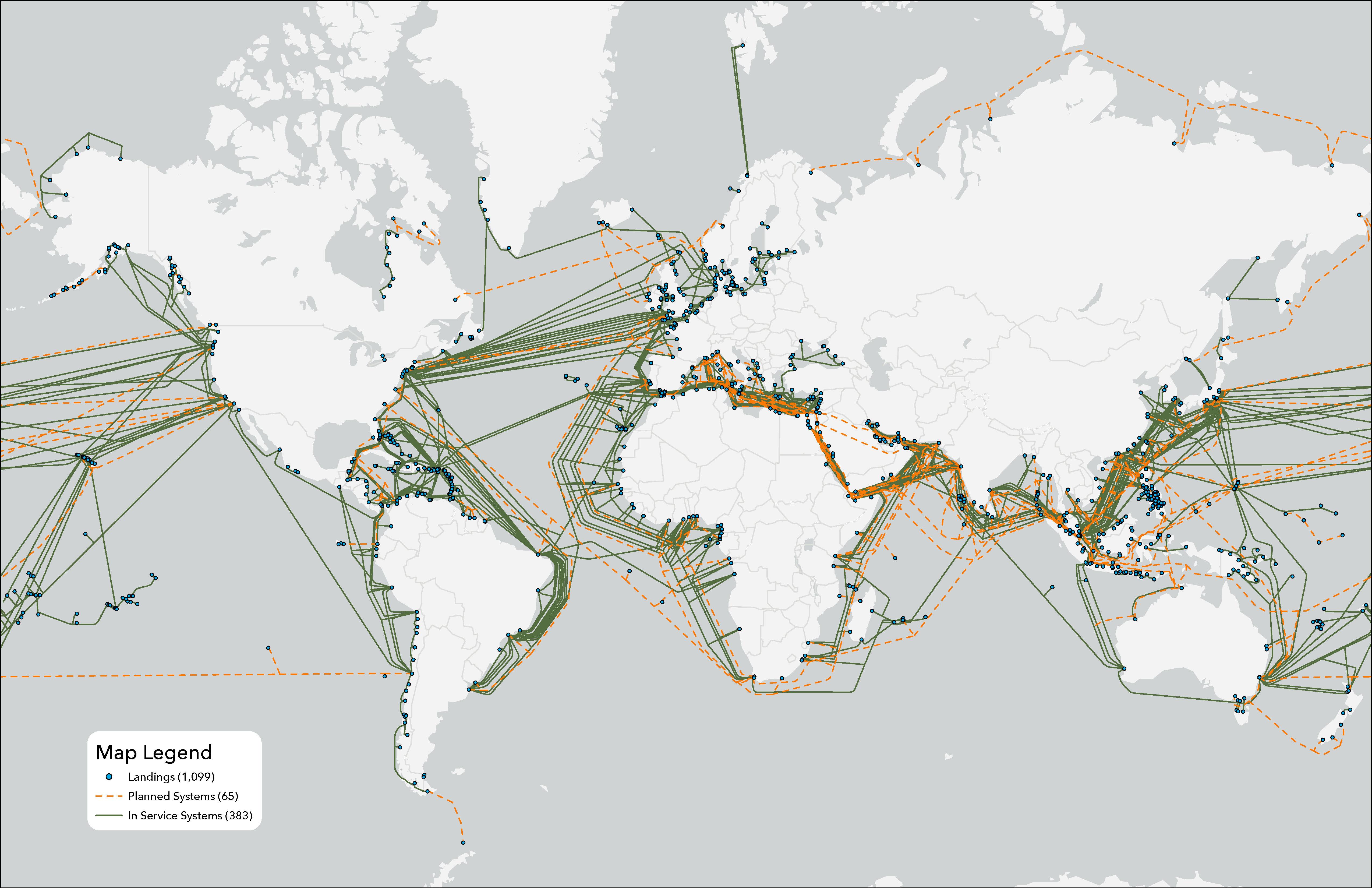
2 minute read
BIOGRAPHIES
Kristian Nielsen, Vice President
Kristian Nielsen has over 13 years of publishing and management experience and has been working for Submarine Telecoms Forum since 2008 as Business Manager. In 2013, he was promoted to Vice President and is responsible for all SubTel Forum product roll-out, sales strategy, administration and management. Under his direction, Submarine Telecoms Forum’s readership has grown from less than 4,000 bi-monthly readers, to over 100,000 every month. He literallygrew up in thebusiness since hisfirst‘romp’on a BTMcable ship in Southampton at age 5. Professionally, he has supported various international telecoms projects with accounting administration and is the originator of many of SubTel Forum’s current products andservices.
WFN Strategies is an accredited, industryleading consultancy specializing in the planning, procurement, and implementation of submarine cable systems.
We support commercial, governmental, and offshore energy companies throughout the world.
We analyze and advocate renewable energy alternatives for clients’ submarine cables.



By The Numbers: Current


By The Numbers: Planned


Methodology
This edition of the Submarine Telecoms Cable Almanac was authored by the analysts at Submarine Telecoms Forum, Inc. who provide submarine cable system analysis for SubTel Forum’s Submarine Cable Almanac, online and print Cable Maps and Industry Newsfeed. For the Submarine Cable Almanac, we utilized both interviews with industry experts and our proprietary Submarine Cable Database which was purpose-built by Submarine Telecoms Forum in 2013 and updated in 2021. The database tracks more than 500 current and planned domestic and international cable systems, including project information suitable for querying by client, year, project, region, system length, capacity, landing points, data centers, owners, installers, etc. The Submarine Cable Database is purposebuilt by a dedicated database administration team, powered by SQL. Maps are produced with ArcGIS Pro, in the same format and visual style as the Submarine Cables of the World print map.
To accomplish this report, SubTel Forum conducted continuous data gathering throughout the year. Data assimilation and consolidation in its Submarine Cable Database was accomplished in parallel with data gathering efforts. SubTel Forum collected and analyzed data from a variety of public, commercial, and scientific sources to best analyze and project market conditions.

Trendingis accomplished using known data with linear growth estimates forfollowingyears.
While every care is taken in preparation of this report, these are our best estimates based on information provided and discussed in this industry.
Below is a list of defined acronyms and terminology used in this document:
Capacity per Wavelength (Gbps) – The capacity of individual wavelengths, express in gigabits per second
Design Capacity (Tbps) – The maximum capacity available on a cable system, expressed in terabits per second
EOS – End of Service, the year a cable system is expected to reach end of life
Fiber Pairs – The number of fiber pairs in the cable system
Landing Points – The cities where a cable system comes ashore
Length (km) – The total length of the cable system, in kilometers
Owners – The names of all reported companies reported as owning a stake in the cable system
Region – Which of the six regions (Americas, AustralAsia, EMEA, Indian Ocean Pan-East Asian, Transatlantic, Transpacific) the cable system is in
RFS – Ready for Service, the year a cable system entered service
System Cost (USD) – The cost for the cable system project in US dollars
System Installer – The names of all reported companies that installed the cable system
System Supplier – The names of all reported companies that supplied the cable system
Wavelengths per Fiber Pairs – The number of wavelengths/channels on a single fiber pair


